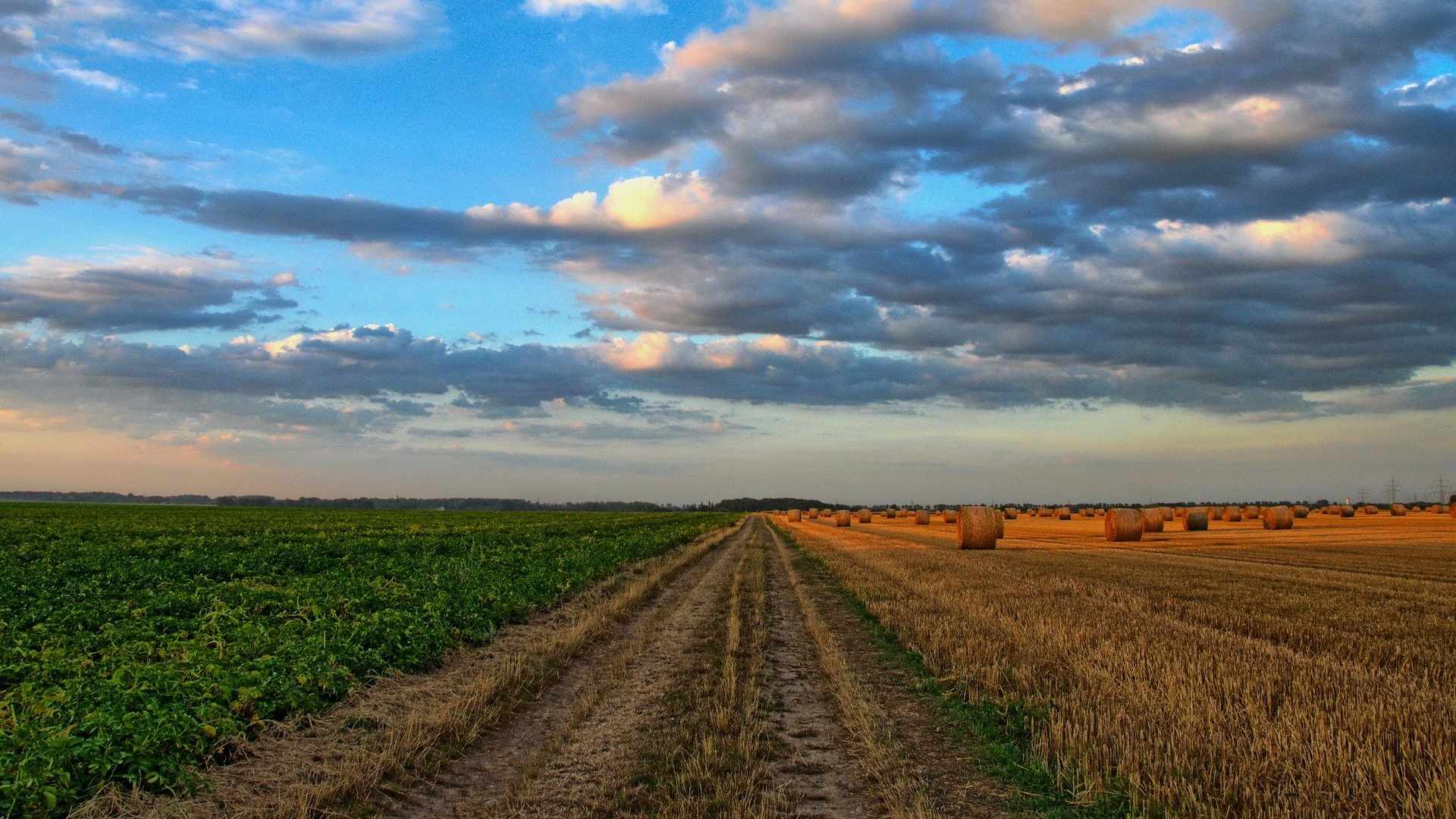Since the late 1990s, drought-driven dieback has affected more than a million hectares of pinyon pine-juniper woodlands in the southwestern USA. Analysis of annual aerial surveys by the US Forest Service and soil survey data shows that most of the mortality occurred between 2003 and 2004 and that 70% was restricted to soils mapped as having available water storage capacities (Ac) <100 mm. We conducted a more refined analysis and found that as Ac increased in increments of 50 mm up to 300 mm, the distribution of areas with observed mortality decreased exponentially from 42% to 3% (n = 6 classes, r2= 0.93). We used this information in a process-based stand growth model, physiological principles predicting growth, to assess year to year variation in gross photosynthesis between 1985 and 2005 with climatic data at monthly intervals from four weather stations where pinyon-juniper woodlands were confirmed by satellite imagery. A sensitivity analysis identified sustained periods of drought and supported field observations that once canopy leaf area approaches a maximum value, the majority of mortality should be restricted to soils with Ac values <100 mm. Additional analyses indicated that differences in soil texture played a small part (<10%) in the variation of gross photosynthesis and that consecutive years of drought may have a cumulative effect on pinyon pine vulnerability to bark beetle attack. Disturbances reducing canopy leaf area index should result in less pine mortality in the future, although conversion to shrub and grassland may occur if climate conditions continue to become less favorable.
Soil properties affect pinyon pine – juniper response to drought

